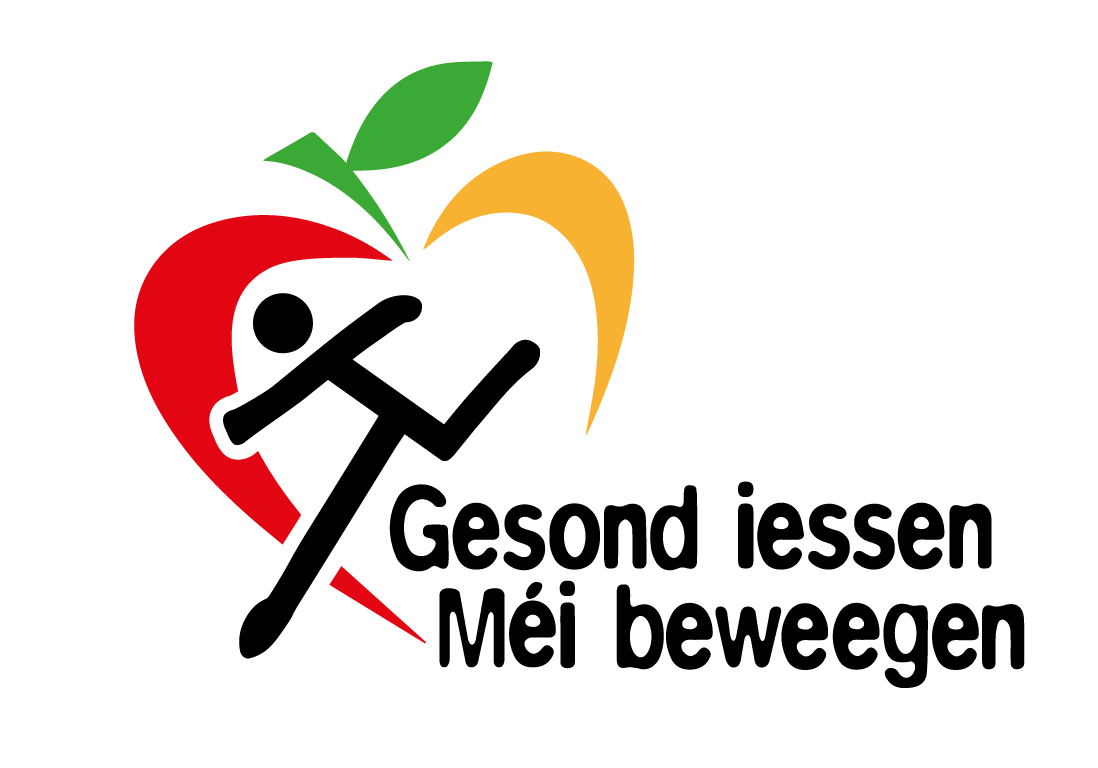Meal patterns
Meals punctuate our days and give our bodies reference points that help us regulate our food intake. Skipping a meal may result in our body "catching up" at the next meal, and we are more likely to fall into the trap of snacking.
Skipping meals also tends to make our body go into " starvation mode " and build up stores.
The time we spend on a meal is also important. Our brain needs around ten minutes to register that we are eating.
As a result, someone who eats quickly might consume a double portion before they feel full.
Breakfast
Breakfast is the first meal of the day. It's an opportunity to refuel after fasting for several hours.
The ideal breakfast includes the following :
- A cereal product : bread, crispbreads or cereal. Opt for wholemeal bread and unsweetened cereal (such as porridge oats).
- A portion of fruit : 1 apple, 1 banana, 2 apricots, 1 pear, a handful of strawberries, raspberries or blueberries, etc.
- milk, yoghurt or cheese ; Milk, yoghurt or cheese: this can include milk on cereal.
- A drink : water, tea or coffee (without sugar, of course).
If you aren't hungry first thing in the morning, make yourself some breakfast to eat en route to school or work, or before you start.
Mid-morning snacks
A morning snack can be added for children.
If the child has eaten a good breakfast, a morning snack isn't necessary.
If the child hasn't eaten breakfast, the snack should ideally include a cereal product, a portion of fruit, a portion of milk, yoghurt or cheese, and a drink.
For recipe ideas, see our page on snacks.
Main meal of the day
This can be either lunch or dinner. The ideal main meal includes the following :
- 1 portion of cereals or potatoes : pasta, couscous, rice, potatoes, bread, quinoa, etc., preferably wholemeal.
- Cooked or raw vegetables.
- 1 portion per day of meat, poultry, fish, eggs or a protein-rich vegetarian alternative. Choose lean cuts and reduce your consumption of cured meats.
- A drink : water, tea or coffee (without sugar, of course).
Our smart choices page contains ideas for a balanced lunch at work, school or university.
Snacks
When you get home from work or school, it's a good idea to have a snack at around 16.00 to stop yourself nibbling before dinner.
Ideally, it should include 1 or 2 foods from the following groups :
- Cereal products;
- Fruit;
- Milk, yoghurt and cheese;
- Drinks : water, tea or coffee (without sugar, of course).
The snack should preferably be eaten around 9am, but not after 10am, otherwise the time between the snack and lunch is too short and the child may not be hungry at lunch. Snacks are normally taken according to the school's recess schedule, which is before 10am.
Light meal
The second meal consists of more or less the same foods as the main meal. The only exception is protein-rich foods such as meat, poultry, fish or eggs. 1 portion of these is ideally split between the main meal and the light meal.
If the whole portion is eaten at the main meal, the light meal should include the following :
- One portion of cereals or potatoes (pasta, semolina, rice, couscous, potatoes, bread);
- Raw or cooked vegetables;
- Milk, yoghurt or cheese .
See our page for more simple vegetarian meal ideas.
Last update

